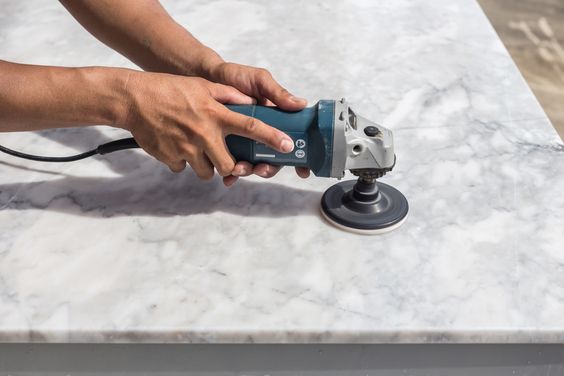
Complete Guide to Types of Porcelain Tiles and Their Applications
In modern interior design, porcelain tiles are used as one of the primary materials for decorating and covering interior spaces. These tiles are popular among designers and architects due to their unique features.
Characteristics of High-Quality Porcelain Tiles
In modern interior design, porcelain tiles are used as one of the primary materials for decorating and covering interior spaces. These tiles are popular among designers and architects due to their unique features.
Characteristics of Porcelain Tiles:
Porcelain tiles are made from high-quality materials and possess the following features:
High Resistance: Against abrasion, heat, impact, and pressure.
Aesthetic Appeal and Design Diversity:
Available in various designs and colors, from traditional to modern styles.
Water Resistance: Suitable for use in bathrooms and kitchens as floor or wall coverings.

Types of Porcelain Tiles:
Ceramic Tiles: this category has more water absorption and is among the most affordable and common types of porcelain, suitable for use in homes and areas with moderate foot traffic.
Porcelain Ceramic Tiles: With less than 0.05 % water absorption, they are Known for their high durability and are suitable for high-traffic areas and more challenging conditions like restaurants and public spaces.
Porcelain Stoneware Tiles: Designed to resemble natural stones, suitable for indoor and outdoor wall coverings and flooring.
Various Applications of Porcelain Tiles:
Interior Decoration: Used for wall cladding and flooring in living rooms, bedrooms, kitchens, and bathrooms.
Exterior Decoration: Covering open spaces and public areas and façade.
Industrial Applications: Used in food processing, hospitals, and high-traffic areas.
Advantages and Disadvantages:
Advantages: High resistance to abrasion and impact, aesthetic appeal, water resistance, and heat resistance.
Disadvantages: The high cost may be a significant drawback of these tiles.
Points to Consider Before Purchase:
Before purchasing porcelain tiles, it’s essential to consider the following points:
Intended Use: Determine whether the tiles suit indoor or outdoor use.
Durability: Ensure that the selected tiles meet the required durability standards.
Design and Color: Coordinate the tile design and color with other elements of the space’s decor.




